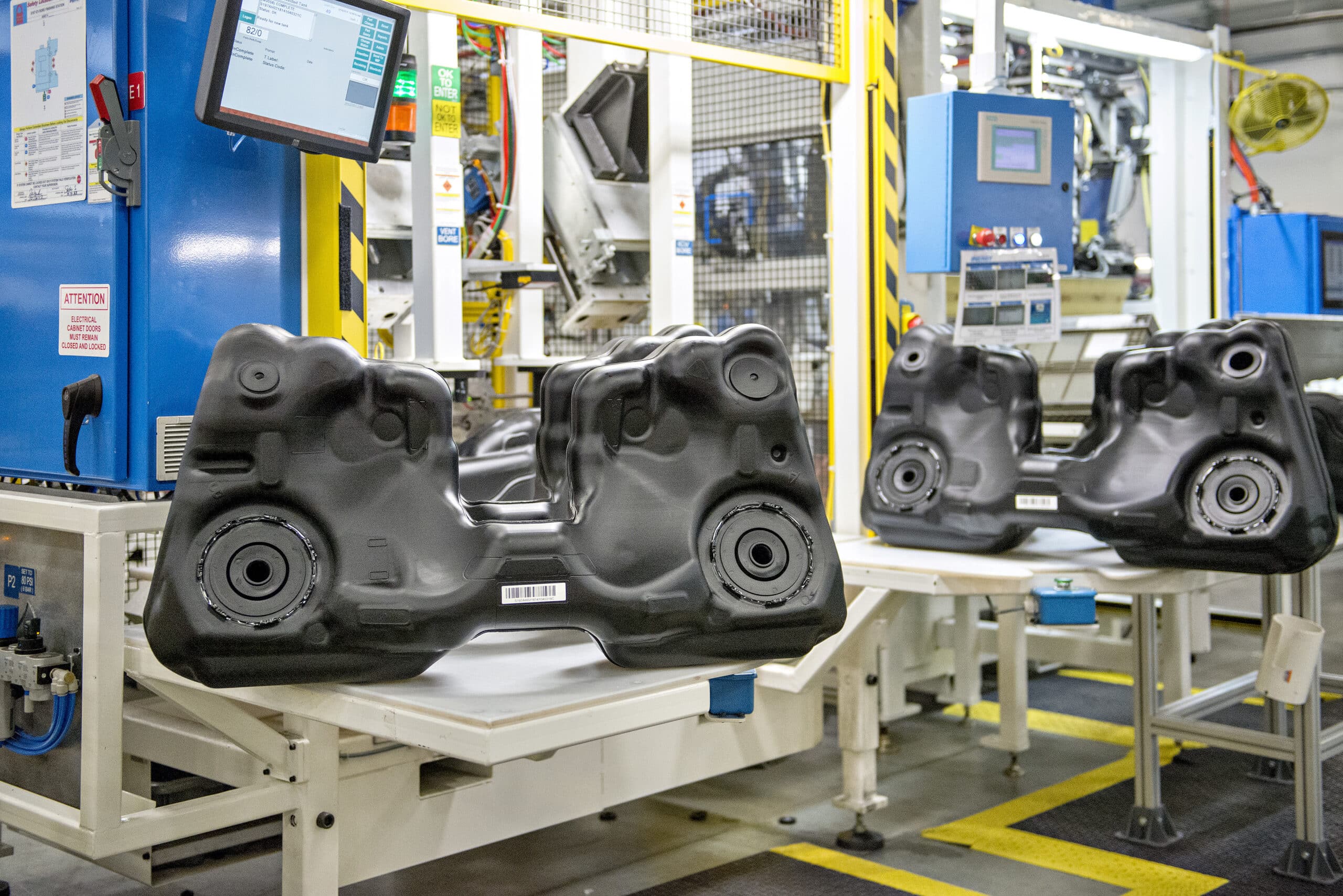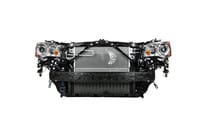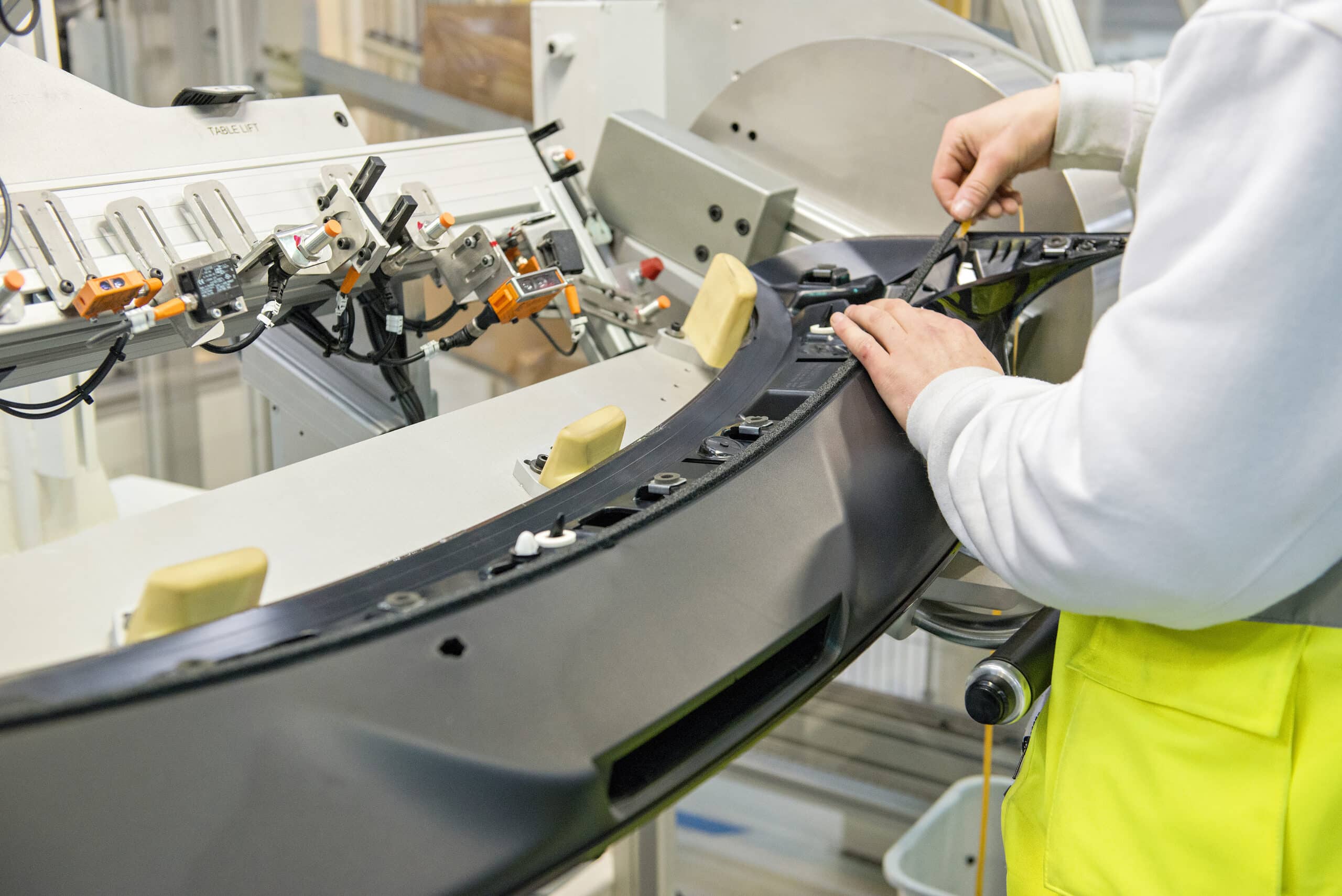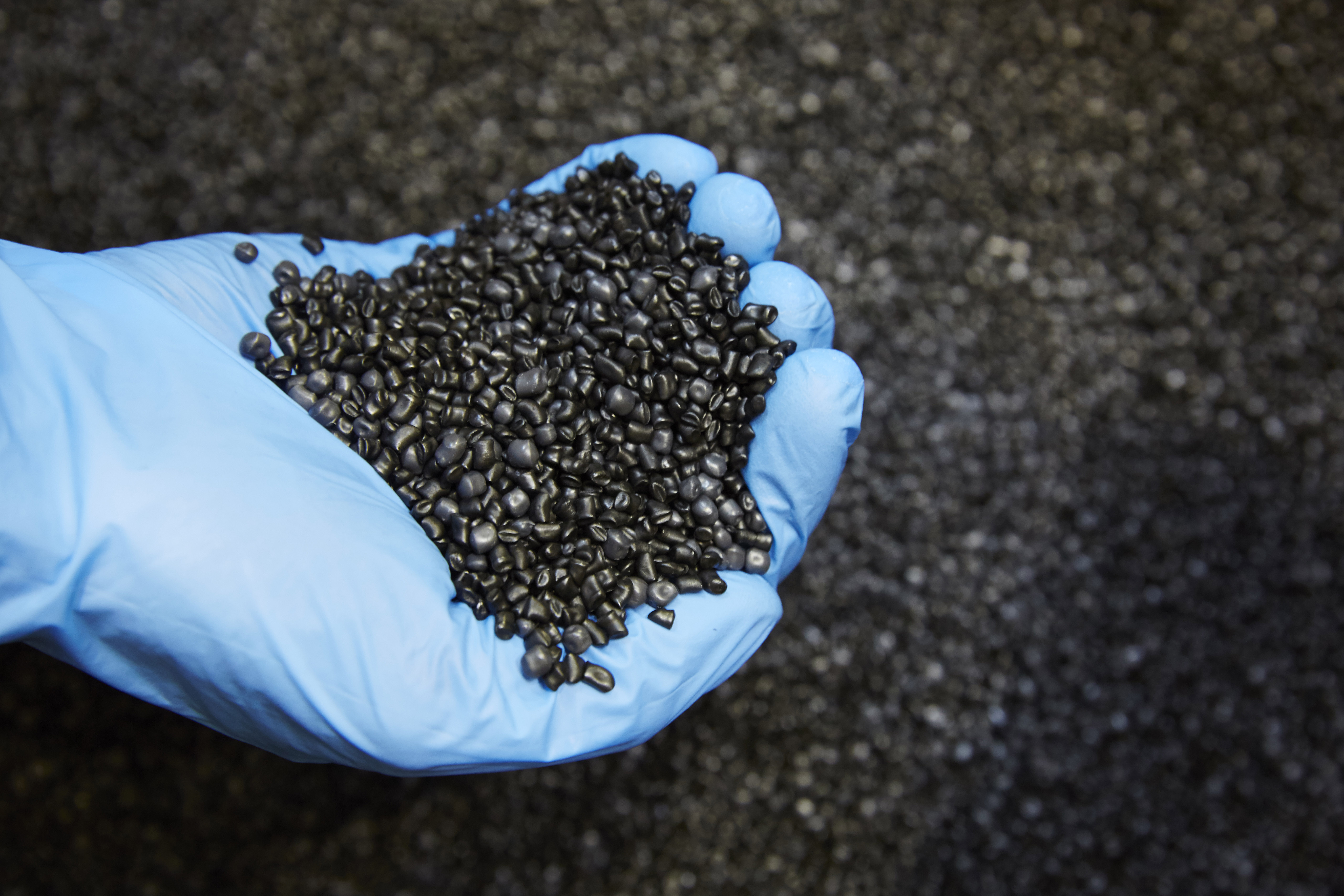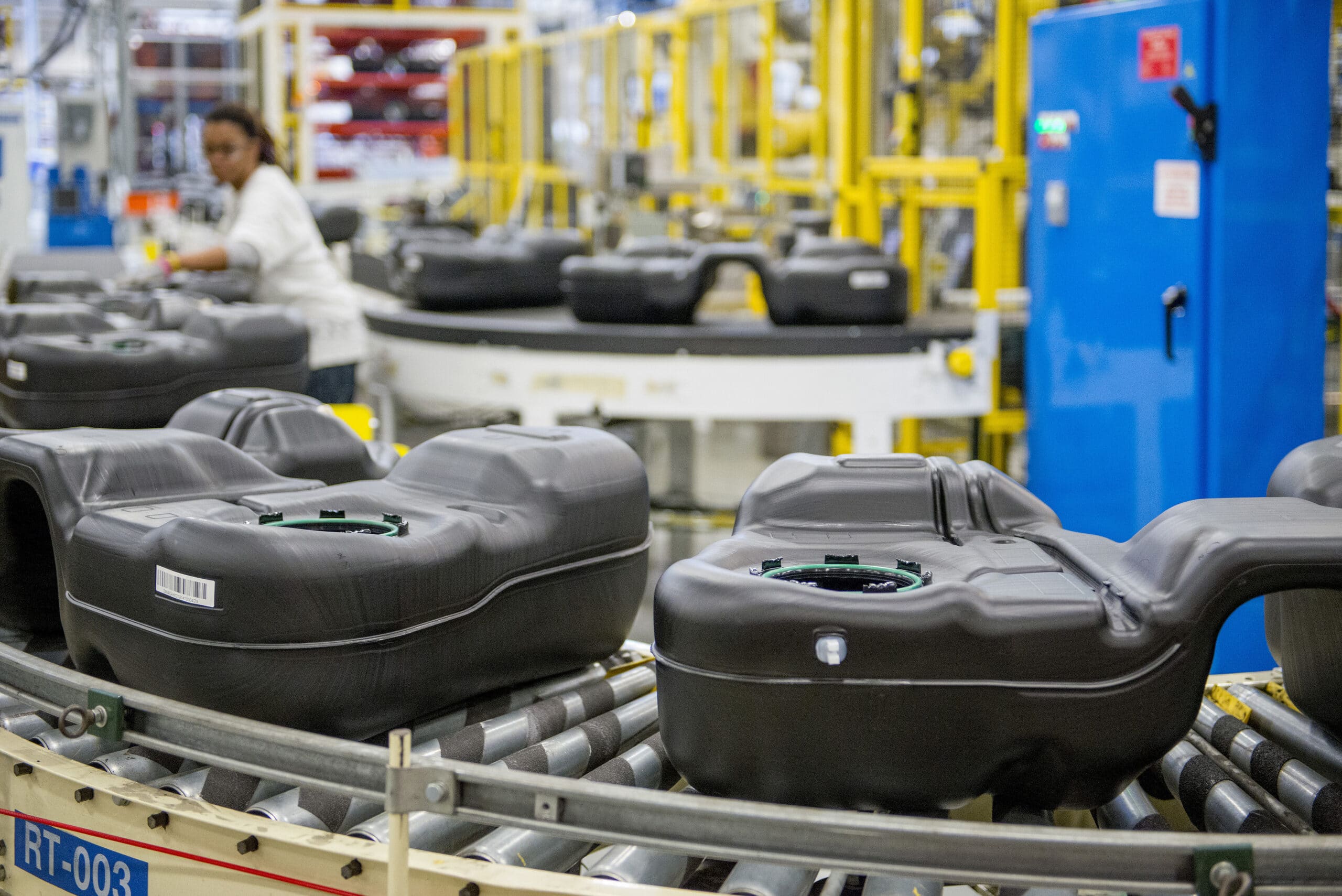Eco-designing the body panels of the future to reduce the carbon footprint by 50% in 2030 compared to 2020
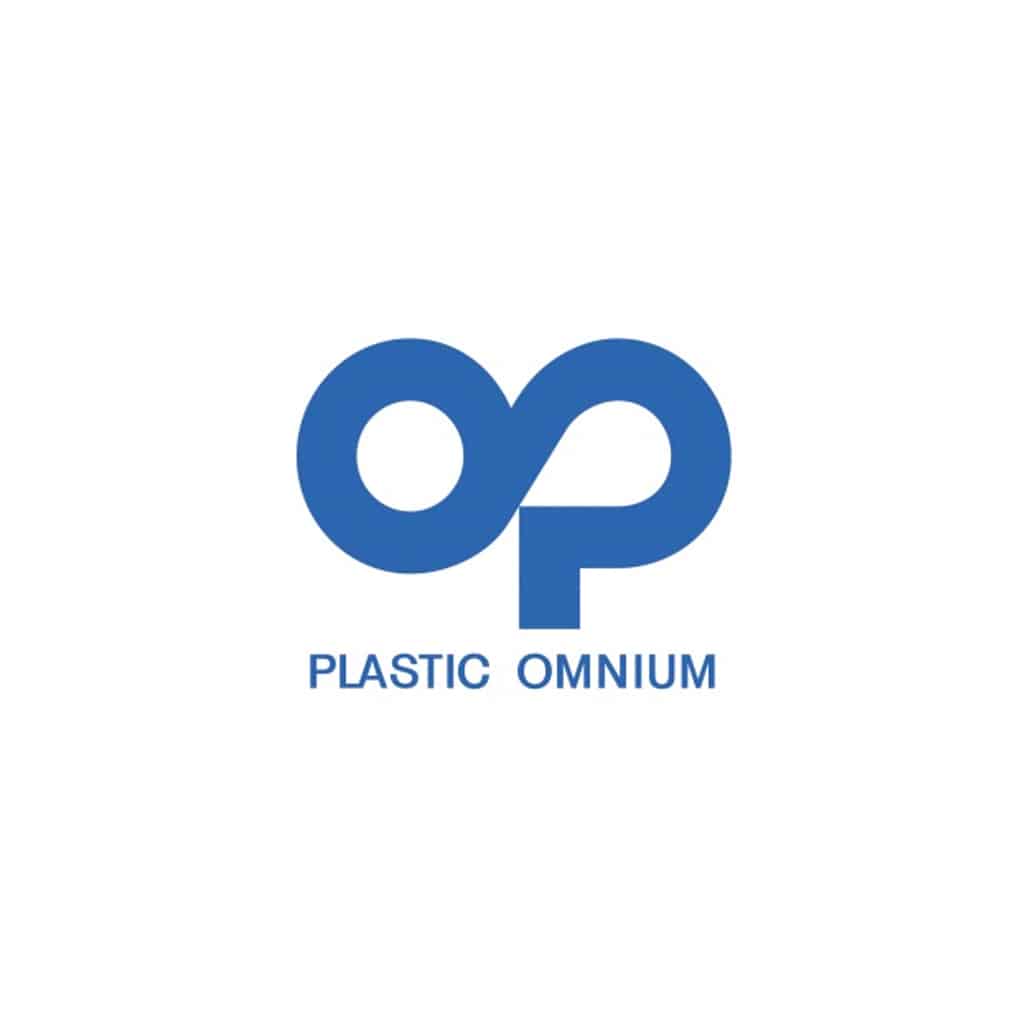
Terms of the action or commitment
Project objective: Improve the eco-design methodologies of bumpers to promote the circular economy
Project description:
– As highlighted by the Smart Face demonstrator unveiled by Plastic Omnium at the IAA 2021 in Munich, the bumper of the future will have increased complexity in order to adapt to the technical and stylistic requirements of electric, connected and high-assistance driving vehicles.
– The integration of sensors, lighting and materials transparent to electromagnetic waves required for these new functionalities will increase the carbon footprint by around 30% and reduce recyclability at the end of the vehicle’s life compared with a current bumper.
– Hence, in order to meet Plastic Omnium’s commitments, PO-IES’ Research and Innovation department has launched a project validated by the CORAM [comité d’orientation pour la recherche automobile et mobilité]with its partners CETIM and ARAYMOND for the period 2021 to 2023.
– Two objectives : First one is to reduce the Smart Face’s carbon footprint by 50% between 2020 and 2030 over its entire life cycle (cradle to grave). Second objective is to improve its circularity through the extensive use of recycled plastics and a design to ease the product end of life recycling.
– In line with the NF-EN 16524 standard, the partners are implementing data sets and a simplified life cycle analysis tool to guide design choices. This approach should enable the project team to meet Plastic Omnium’s environmental objectives.
– The eco-design methodologies used during the project will be capitalised in the development procedures for the PO-IES division’s future body panels
Project description:
– As highlighted by the Smart Face demonstrator unveiled by Plastic Omnium at the IAA 2021 in Munich, the bumper of the future will have increased complexity in order to adapt to the technical and stylistic requirements of electric, connected and high-assistance driving vehicles.
– The integration of sensors, lighting and materials transparent to electromagnetic waves required for these new functionalities will increase the carbon footprint by around 30% and reduce recyclability at the end of the vehicle’s life compared with a current bumper.
– Hence, in order to meet Plastic Omnium’s commitments, PO-IES’ Research and Innovation department has launched a project validated by the CORAM [comité d’orientation pour la recherche automobile et mobilité]with its partners CETIM and ARAYMOND for the period 2021 to 2023.
– Two objectives : First one is to reduce the Smart Face’s carbon footprint by 50% between 2020 and 2030 over its entire life cycle (cradle to grave). Second objective is to improve its circularity through the extensive use of recycled plastics and a design to ease the product end of life recycling.
– In line with the NF-EN 16524 standard, the partners are implementing data sets and a simplified life cycle analysis tool to guide design choices. This approach should enable the project team to meet Plastic Omnium’s environmental objectives.
– The eco-design methodologies used during the project will be capitalised in the development procedures for the PO-IES division’s future body panels
Levers mobilized for circular economy (according to Ademe)
Implementation timeline
Starting year
2020
Ending year
2030
